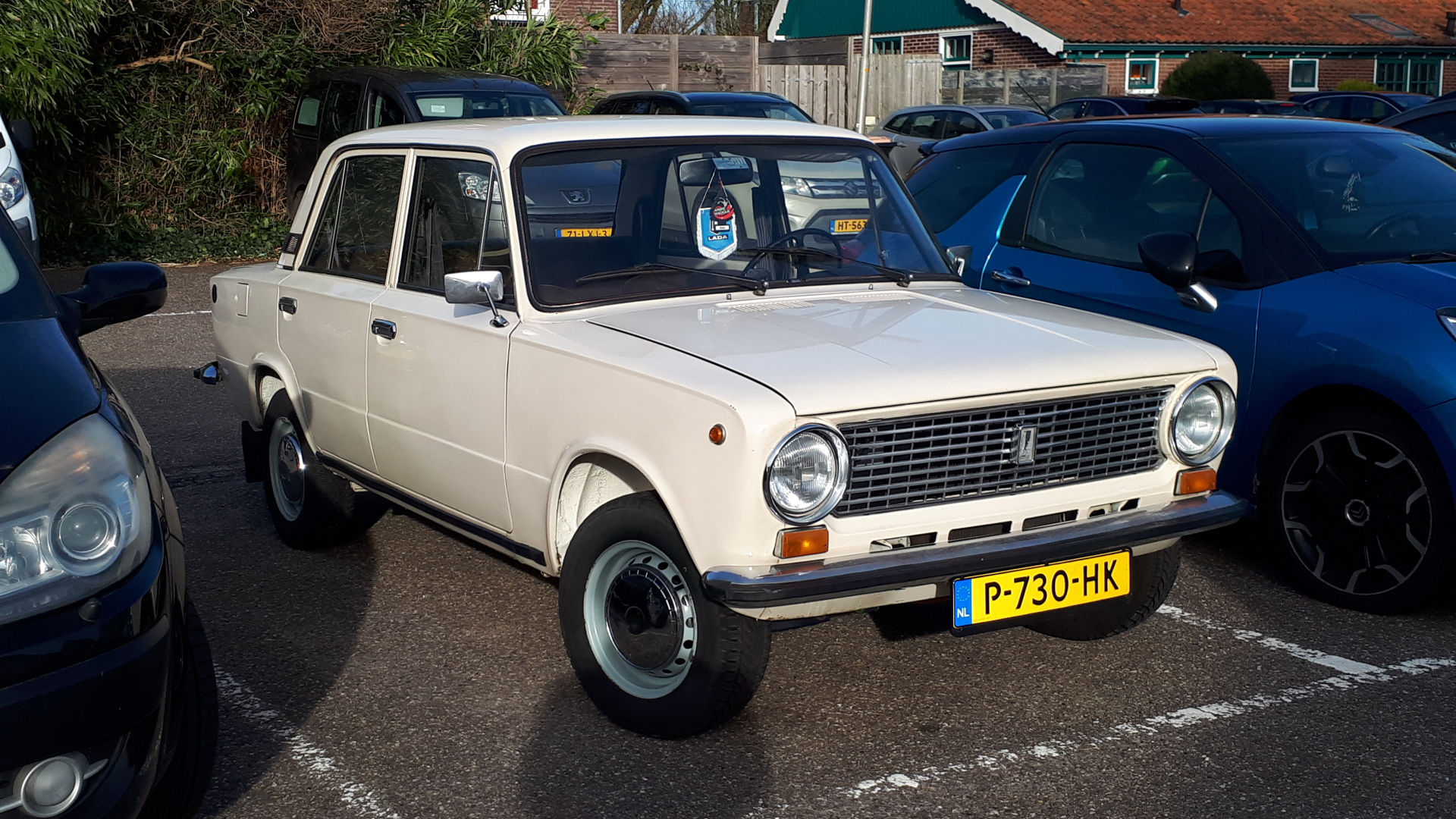Spotted: a 1988 Lada 1200S
At one time, Lada was also quite popular in the Netherlands. In 1981, the MOT was introduced, which caused many cheap but technically mediocre or even bad cars to disappear from the road. Fortunately, there was (among others) Lada, which offered brand new cars for attractive prices. The then newly introduced Lada Riva was particularly popular. The car was simple, but affordable and reliable and, as a newly introduced model, also reasonably up to date. If it had to be even cheaper, predecessor 1200/1300 was also still available. Anno 2024 is a long time since we encountered one of these Lada sedans in the wild, so for this one in new condition we definitely made a photo stop.
The spotted specimen
In the village of Schellinkhout, we saw this still-as-new 1988 Lada 1200S. The car has been in the Netherlands since early 2022 and has only been with its current owner since January. Via Google, we come across a few more photos from the (now, of course, expired) Marketplace ad. The previous owner had apparently put modern alloy wheels under the Lada. Nice that the new owner corrected that right away.
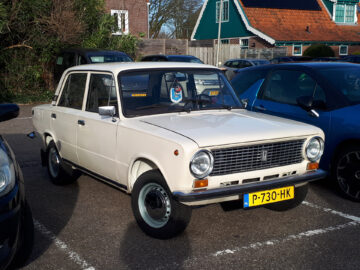
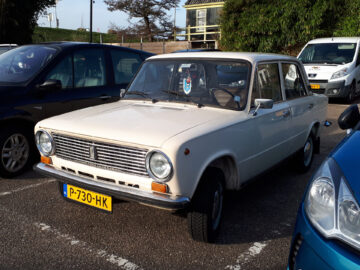
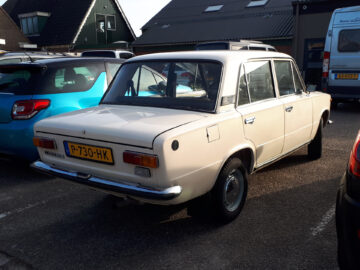
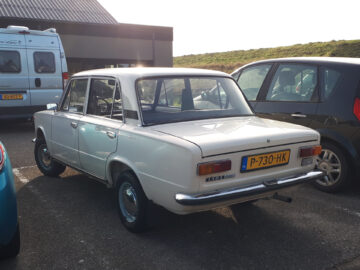
Lada 1200, 1300, 1500 or (VAZ) 2101
The Lada 1200 entered the market in 1970. The exact name varied somewhat by market. Here in Western Europe, the car was sold as Lada, with the type name referring to the engine: 1200 or 1300 and later 1500, either a 1.2-, 1.3- or 1.5-liter four-cylinder. In Russia and some Eastern European countries, the same car was sold as Lada 2101, or VAZ-2101. ‘VAZ’ was the factory (Vólzhskiy avtomobíl’nyy zavód, or ‘Volga car factory’) and 2101 was the umbrella type name for this model.
In addition, the little car was known by the nicknames Zhiguli (after the Zhiguli Mountains, a reference to its production location) and Kopeyka (the smallest Soviet currency, in reference to its affordability).
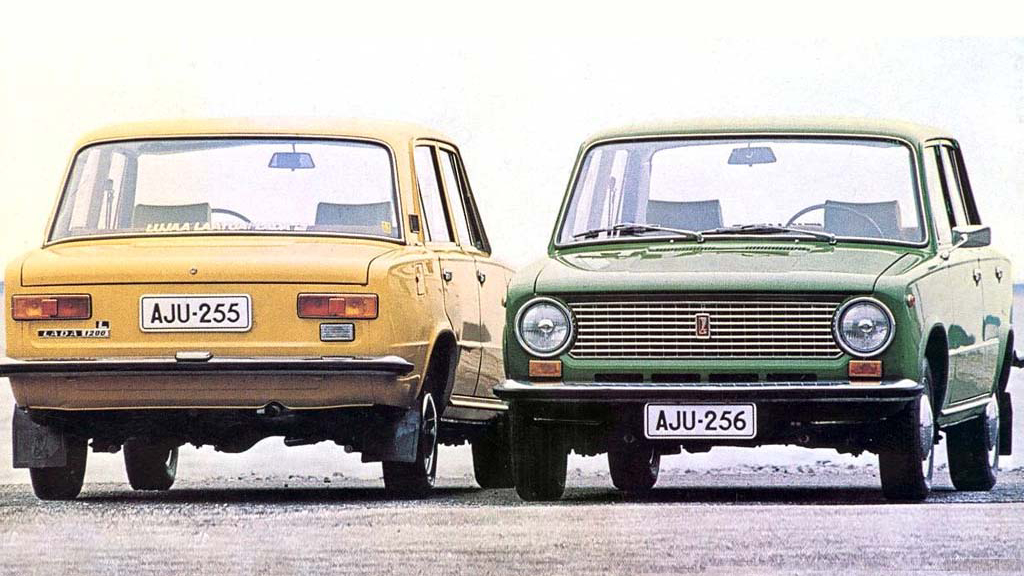
Fiat-based Lada 1200
Back then, Lada’s models were still heavily based on Fiats. In the case of this Lada 1200, it was the Fiat 124. At first glance, only the logos differ, but there are more differences. Among other things, the bodywork was strengthened at a number of points to better handle the bad Soviet roads, and the Lada received better brakes and more modern engines. Some of these improvements were applied retroactively to the Fiat as well.
The said engines were Russian-made and somewhat more robust than the original Fiat engines. Shifting was manual with four gears, although some models were also available with three-speed automatic transmissions. In any case, the Lada 1200 and its variants always had rear-wheel drive.
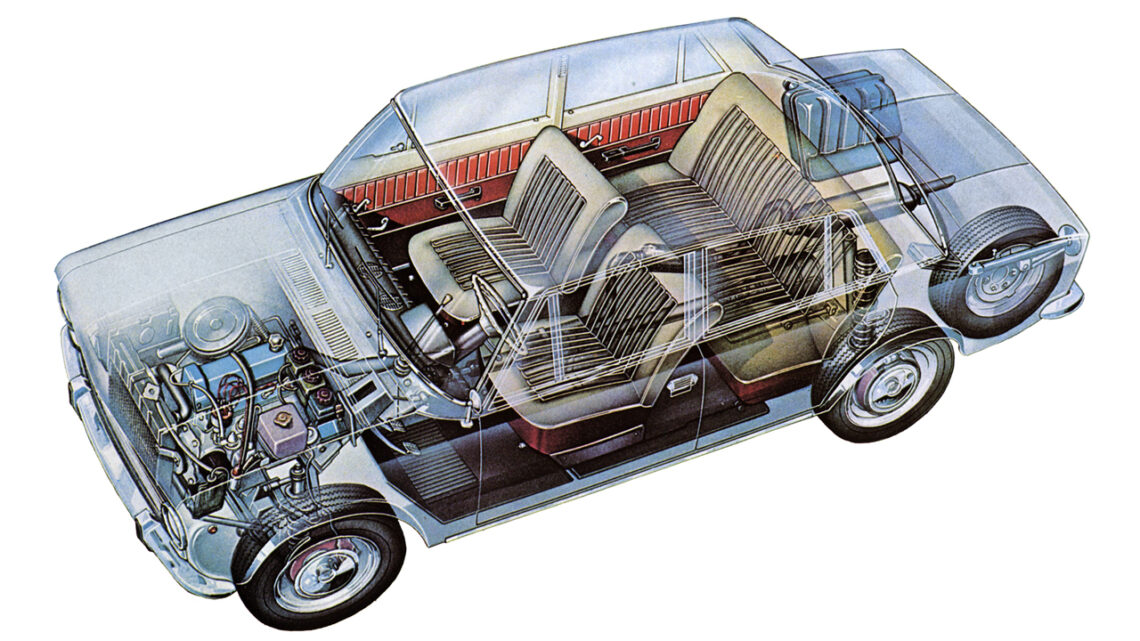
Long career for Lada 1200
The Lada 1200 and its somewhat more luxurious variants were quite popular. Especially in the Soviet regions, but also here in Western Europe. Production passed the million mark as early as 1973 and 1.5 million a year later. Production continued through 1988. The total volume of production is difficult to determine. It just depends on which variants you include or exclude. Similarly, there were the modernized VAZ-2103 and 2106 models, and possibly you can also see the VAZ-2105 and 2107 (known to us as the Lada Riva) as modernized variants.
Lada in the Netherlands
Of the once-popular Lada, 1,129 units remained in 2024, according to the RDW registration register. Although, that number is all types combined. By far the most Ladas on Dutch registration plates come from the ’80s and even ’90s, when the brand celebrated its heyday in the West. From the turn of the century, Dutch Lada sales did not amount to much, and in 2013 the brand disappeared from the Dutch market for good. Since then, 23 new Ladas have still come to our country via gray imports. Specifically, of the spotted Lada 1200, 120 are still on Dutch registration plates, the vast majority of which are still original Dutch.


